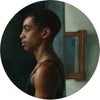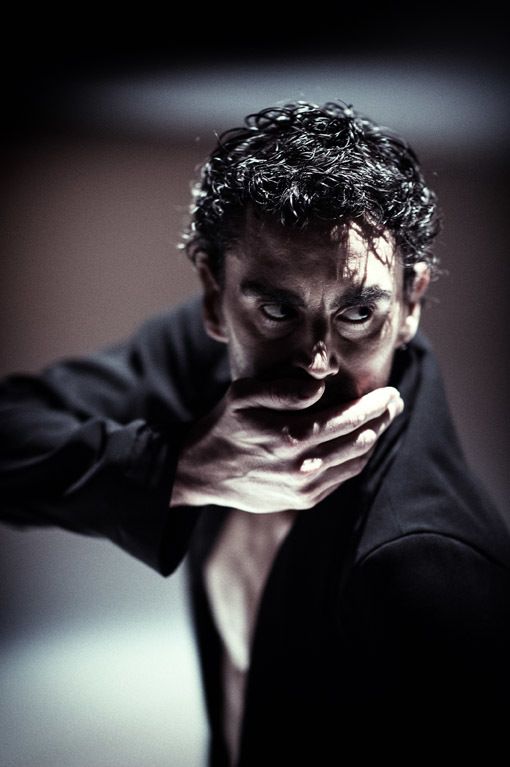
Jorge Nozal in “Safe as Houses”
Whenever Netherlands Dans Theater comes to town, the entire New York dance community celebrates. It’s easy to understand why: as a wildly diverse company populated with some of the most talented dancers on the planet, NDT looks more like what The United States aspires to represent than many of its own leading dance companies. But even the promise of superb dancing is no guarantee for a great concert. Case in point, the decidedly mixed bag presented at City Center by NDT on November 16th, 2016.
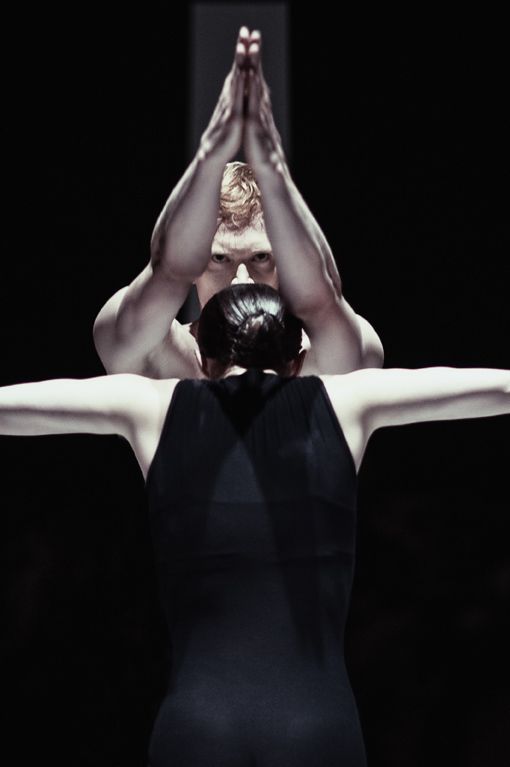
Sarah Reynolds and Marne Van Opstal in “Safe As Houses”
Things opened well enough with a superb trio dancing in unison and then in triptych counterpoint as strains of Bach’s Suite in C Minor, played on baroque harp, wafted throughout the theatre. In “Safe as Houses” - choreographed by Sol León and NDT artistic director Paul Lightfoot - these dancers responded to music without being strictly bound by its rhythm. As a group, they started in on a theme before breaking apart to play separate movements that synched up to paint a lovely whole. If only things had stopped there. As choreographers Ms. Léon and Mr. Lightfoot do not know when to leave well enough alone. They enjoy mixing elements, which appear interesting at first sight but that ultimately dawdle with little pay off. For instance, the gigantic prop of a revolving wall looked great as an illustration of passing time and fate dispersing options, but did it need to go on for 20 minutes? And did every single member of the cast really need to perform a solo? One can watch an endless stream of solos and duets for only so long before losing patience, especially with a piece that purports - according to the program note - to draw inspiration from the I Ching. What struck me after reading that was how Western its choreographic interpretation was. Perhaps it was better in the original Dutch.
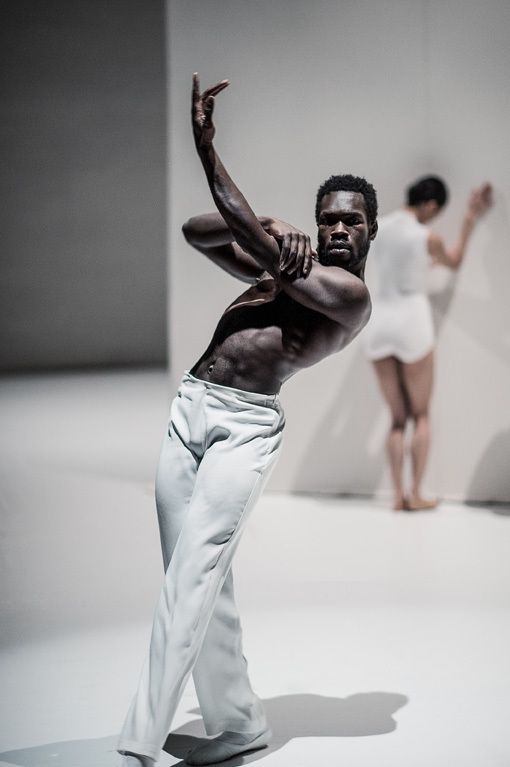
Prince Credell in “Safe As Houses”
While I argue that “Houses” missed its point entirely, I feel a surge of gratitude for having seen the dancer Prince Credell dominate the stage. Though all of the performers were wonderful, Mr. Credell’s charisma generated an extra layer of luminosity that commanded all attention, like a moth to the flame. Preternaturally long legs; powerhouse technique that never skimped on a single transition; and effortless beauty that fascinated with its individuality: this is an ode to glamourous star quality. I wish that “Safe as Houses” had used it better.
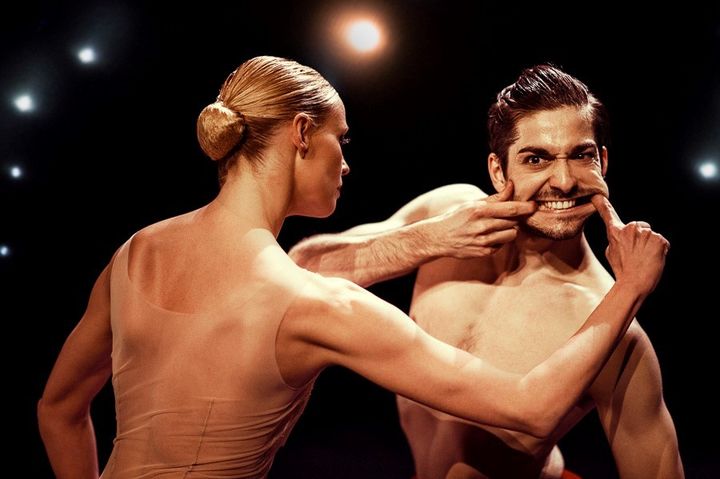
Anne Jung & Olivier Coeffard in “Woke Up Blind”
Setting dance to the maudlin music of Jeff Buckley portends disaster. It’s not merely that Mr. Buckley was a sloppy performer, it’s that the poetry of his work defies translation. Certain things get lost in transmutation. Marco Goecke’s tic ridden “Woke up Blind”, an exercise in violent body isolations and campy histrionics didn’t even attempt to make sense of Mr. Buckley’s music, which begged the question, “Why use it at all?” The dance bobbed along for 12 minutes longer than was necessary to ever diminishing effect before finally going away. It’s a new piece; perhaps Mr. Goecke is still working out the kinks.
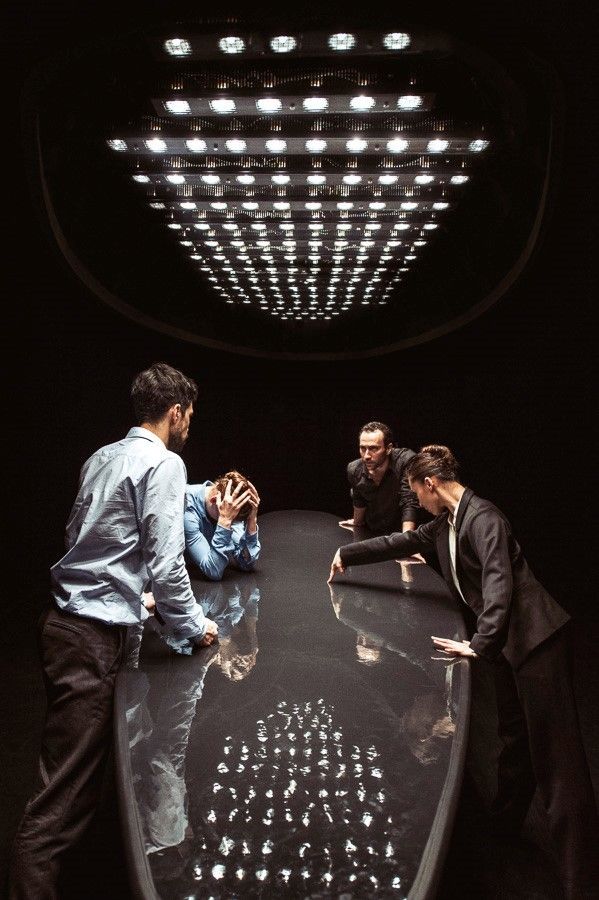
César Faria Fernandes, Fernando Hernando Magadan, Imre van Opstal, & Rena Narumi in "The Statement"
In Crystal Pite’s “The Statement” four dancers interpreted spoken dialogue from Jonathan Young’s script with maximum exaggeration to sophomorically humourous effect. Contrary to all common sense, the audience chortled at this bleak obviousness as if it were a readymade laugh track. It would be charitable to report that Ms. Pite was proving that she could make people laugh at the lowest common denominator; alas, with a strict adherence to dialogue that was derivative of David Mamet, I think that she was simply reveling in cheap shtick. I kept wondering what the brilliantly hilarious choreographer Nadine Bommer would have made of “Statement”. She’d certainly have chucked Mr. Young’s script and created a work that stood on its own as comedy. Therein laid the flaw with Ms. Pite’s approach: as an intellectual conceit, this piece relied completely upon its voiceover dialogue. In dance, movement is the point; while each performance element is important, nothing should be greater than that point. Even George Balanchine’s “Serenade”, a work wholly wedded to Tschaikovsky’s Serenade for Strings in C, Op. 48, conveys thoughts of ascension and sisterhood without its music. “Statement” sans voiceover was a piece devoid of humour. Despite this flaw, Ms. Pite’s athletically fluid style was a marvel to behold especially as interpreted by Jon Bond. Proceedings greatly improved during the abstracted second half but, having sat through so much false humour, even the added bonus of watching Jon Bond seemingly hover in the air stole away any remaining goodwill I might have had towards the piece. Humour is difficult to pull off, especially in dance, but if it’s going to be done I hope to see something of greater sophistication than this.
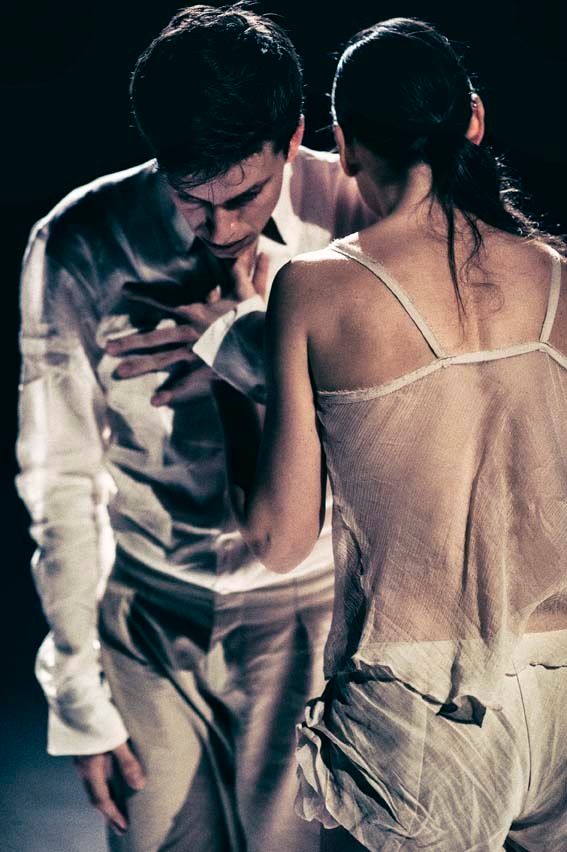
Roger van der Poel and Parvaneh Scharafali in "Stop-Motion"
Though once again mired with too many elements that rarely resolved - the projection of their daughter in the foreground while lovely, proved a distraction – and riddled with their more grating choreographic habits – legs lifted to the sky by the hand, bodies revolving in a circle, squats in deep plié á la seconde, and staring out at the audience á la Anna Sokolow or Ohad Naharin – Ms. León’s and Mr. Lightfoot’s “Stop-Motion” beautifully evoked the phantasmagoric magic of walking through someone else’s dreamscape. In terms of story telling the action looked like a response to future happenings, or answering a question that has yet to be asked. This discombobulated dream logic kept me on my toes marveling at all that was unfolding while distracting me from attempting to make too much sense of anything. Making sense was not the point; I’d wager that reveling in the new queries was.
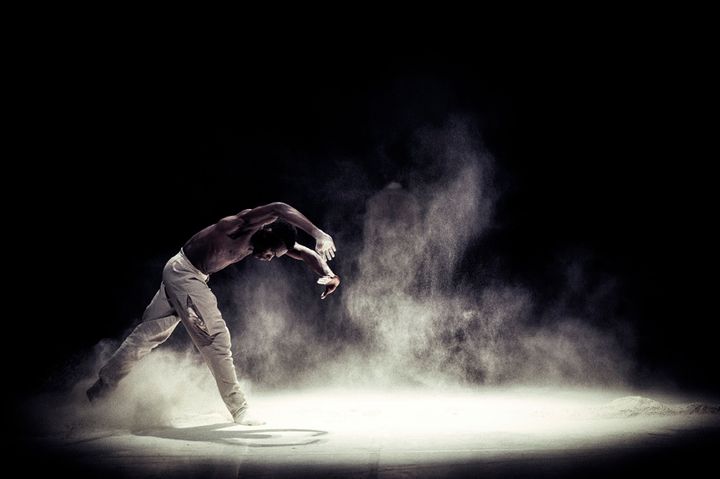
Prince Credell in “Stop-Motion”
I have no idea what it all amounted to, but I do know that it was suffocatingly magnificent, particularly when the dancers unleashed white chalk onto stage. Whatever thoughts one might have arrived at were immediately annihilated as Mr. Credell flew into said chalk leaving tangible etchings of his soul on clouds of white. Though a total theatrical cheat, it was entirely mesmerizing. Of the other wonderful cast members, only Roger van der Poel managed to rival the glories of Mr. Credell’s performance. Well-cast as the main character - all action seemed to focus on him with brief interludes of attention given to the powerfully leonine veteran dancer Jorge Nozal - Mr. van der Poel made a fantastic cipher for the audience and a lightening rod on which to project all thoughts and speculation.
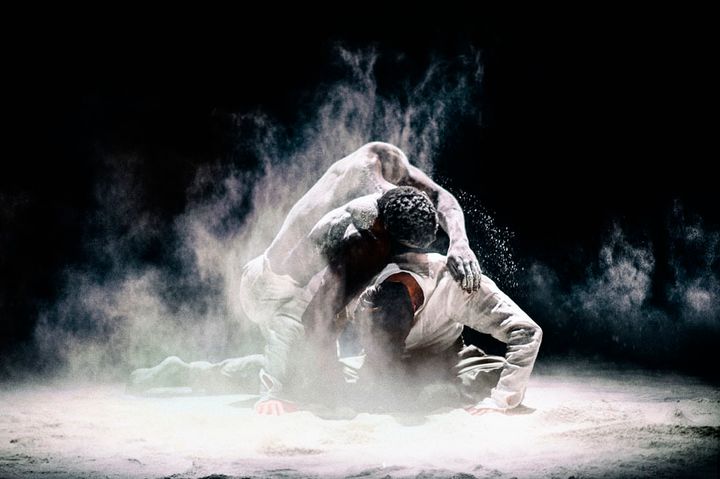
Prince Credell and Roger van der Poel in “Stop-Motion”
One of the glories of NDT is that, much like the Ailey Company, its men are able to and encouraged to dance with as much facility, power, and grace as its women. In that regard, these three men ruled the evening. As is true of much of Ms. León’s and Mr. Lightfoot’s work – I have seen six of their pieces – this dance was an overindulgent mess; one that I would love to watch over and over and again. Hopefully Mr. Lightfoot will continue to develop the company’s repertoire more in this mysterious direction than in what Mr. Goecke and Ms. Pite offered this time around, though lifting the ban on Jiří Kylián’s work would come as an even more welcome relief.
